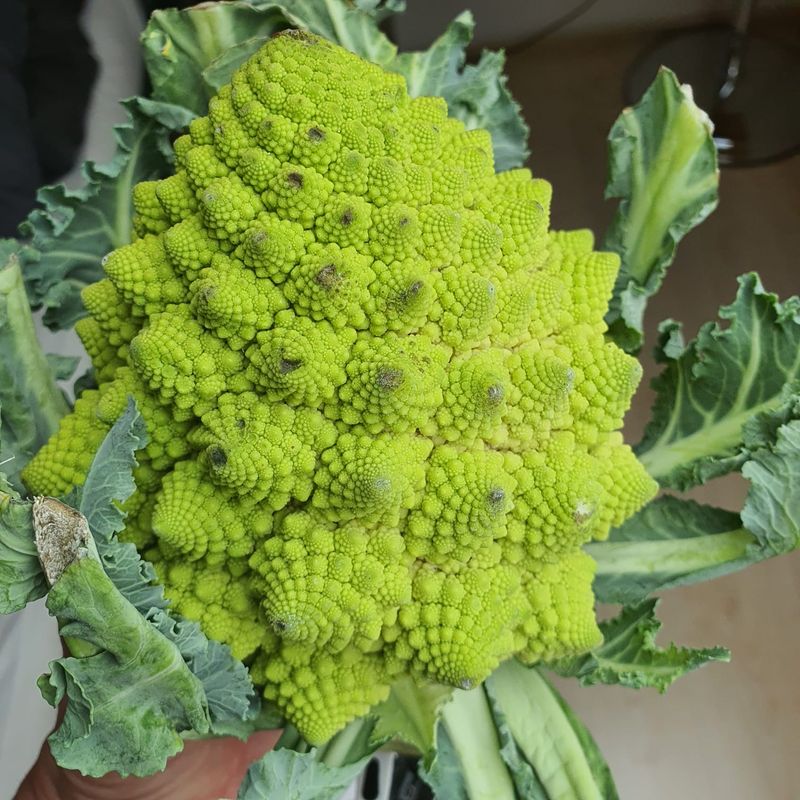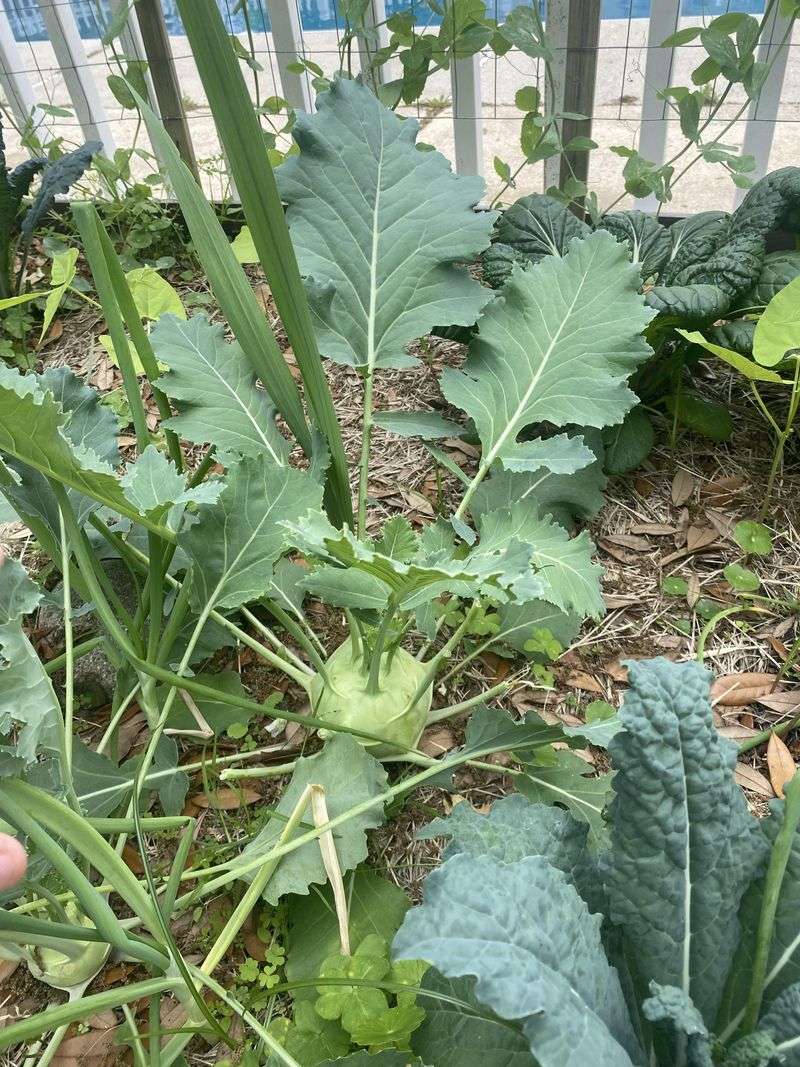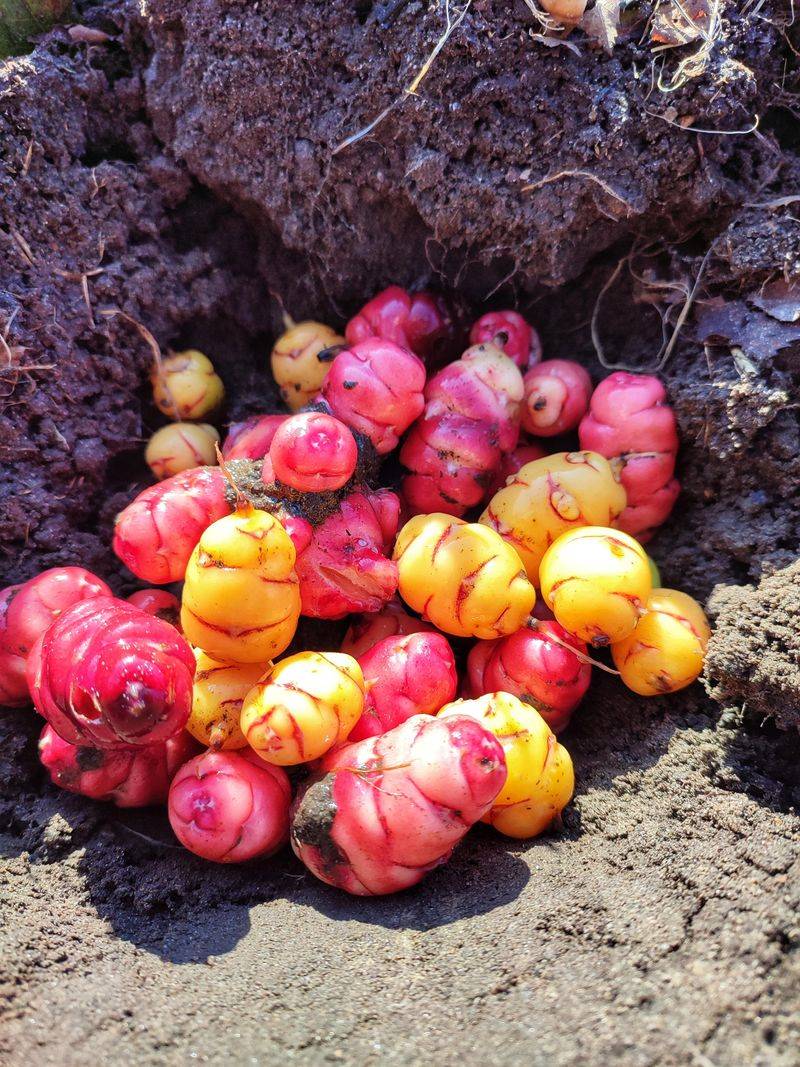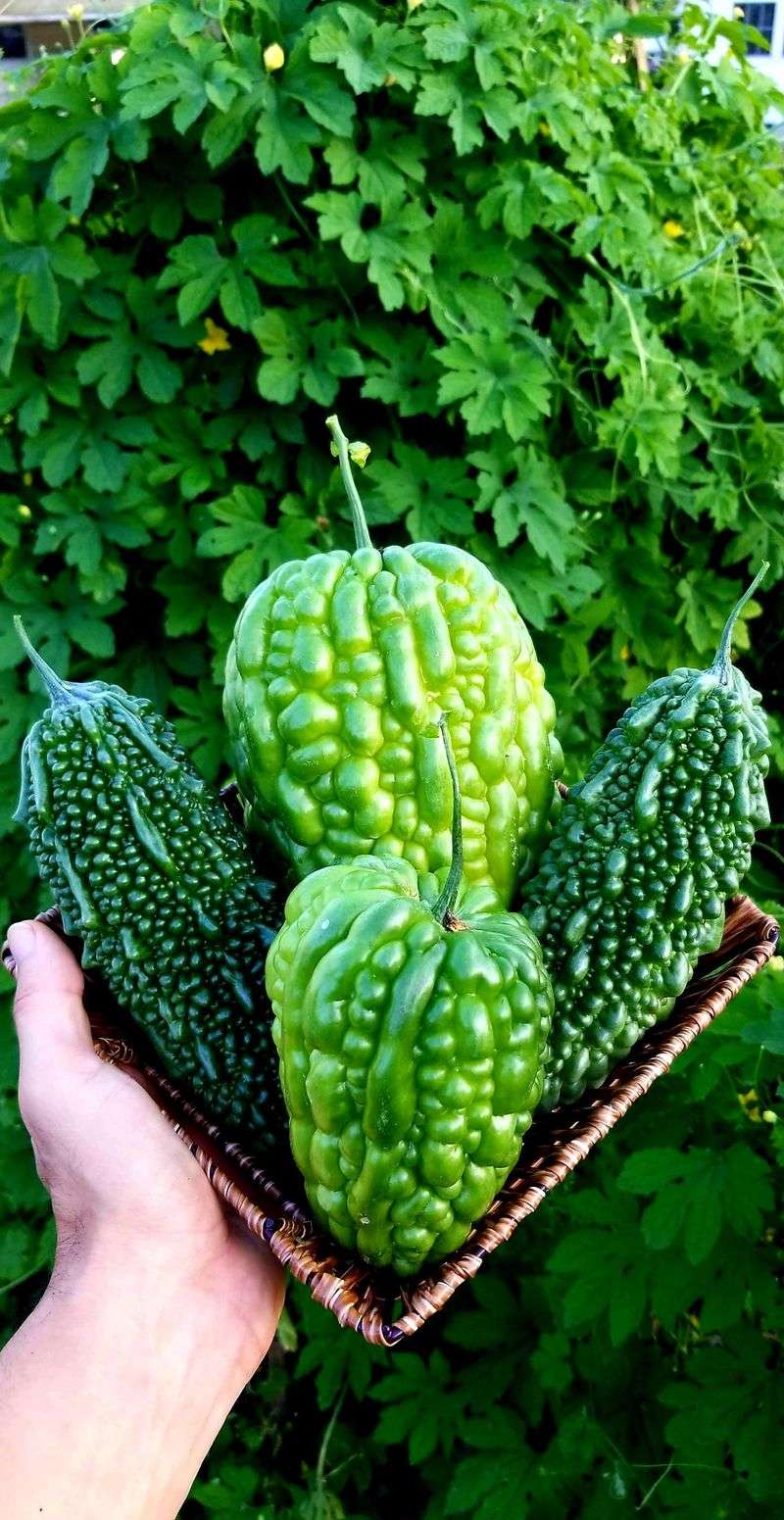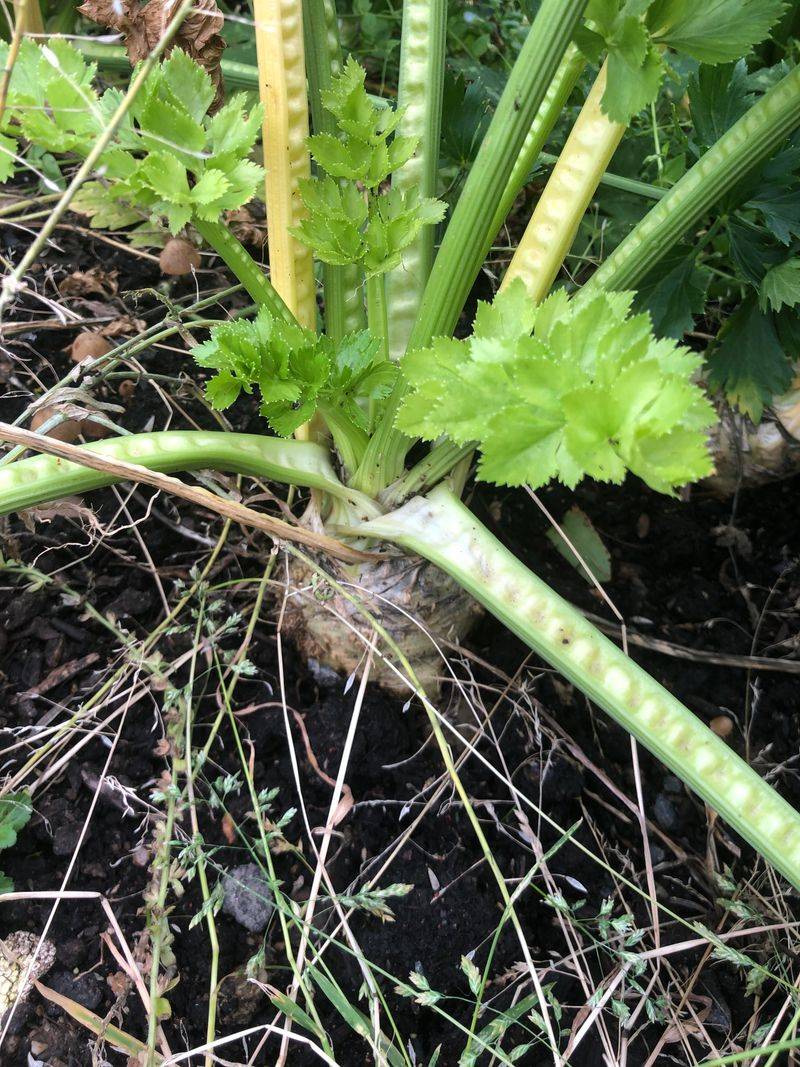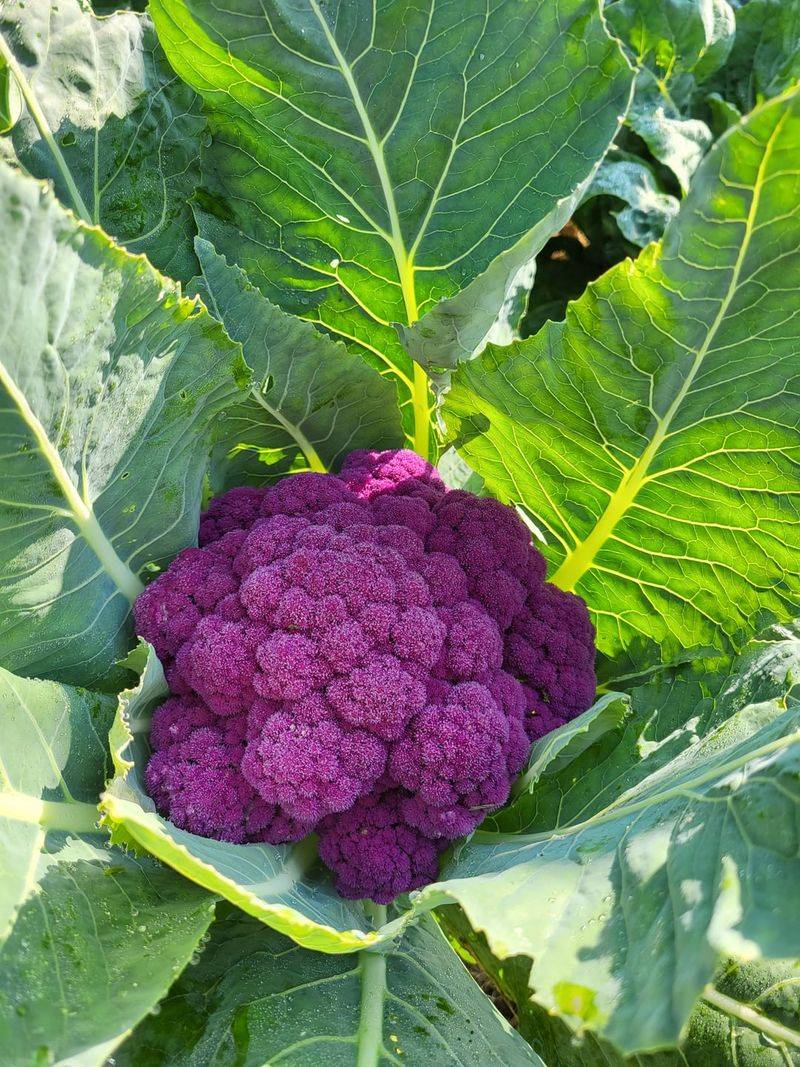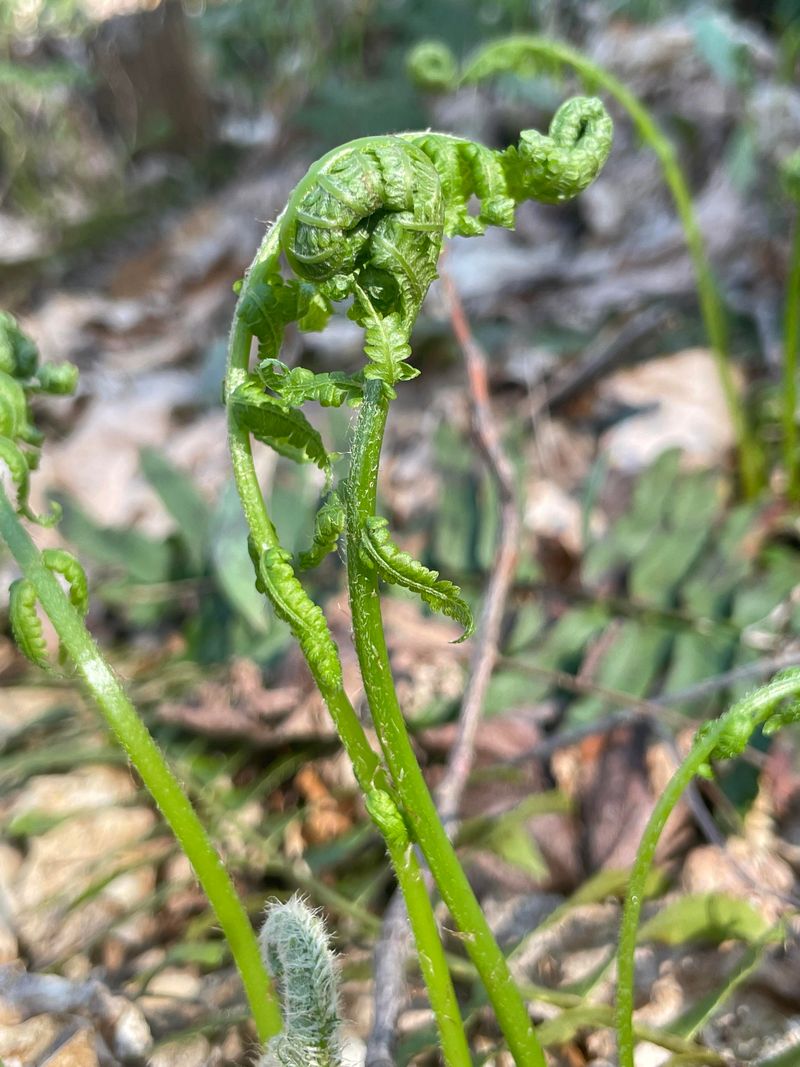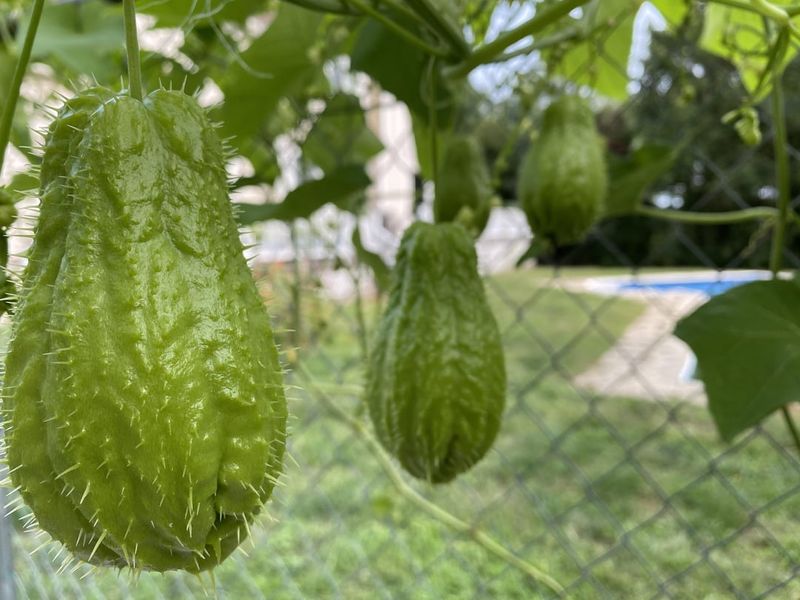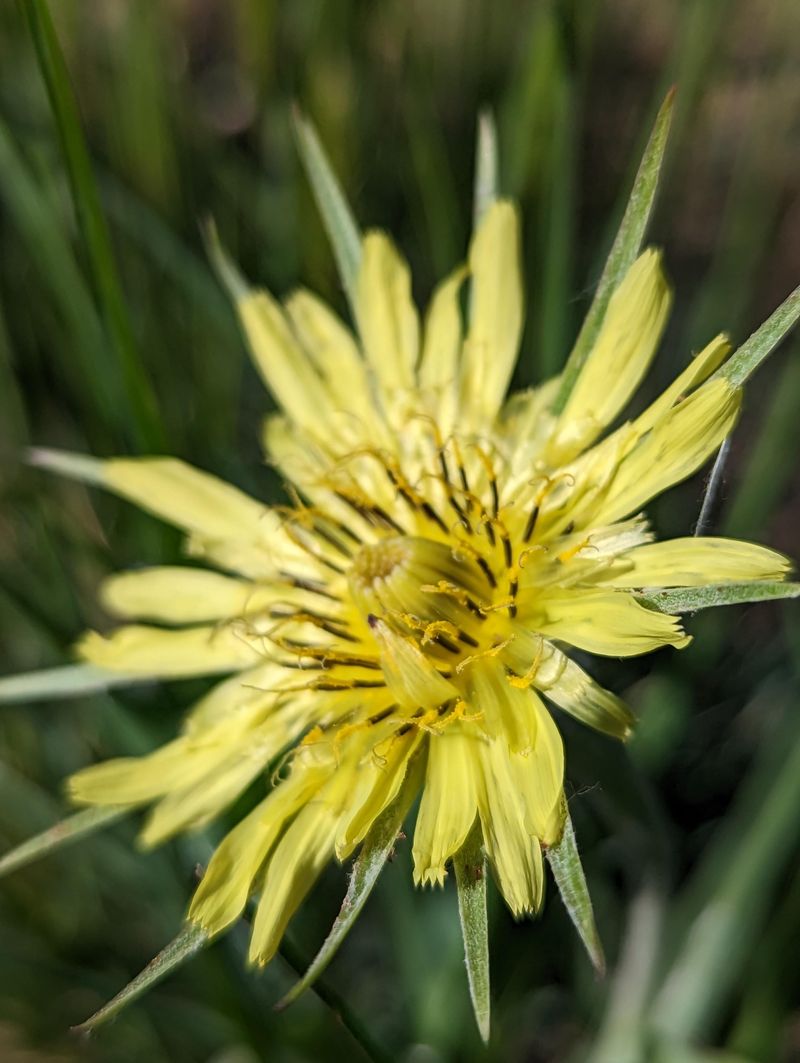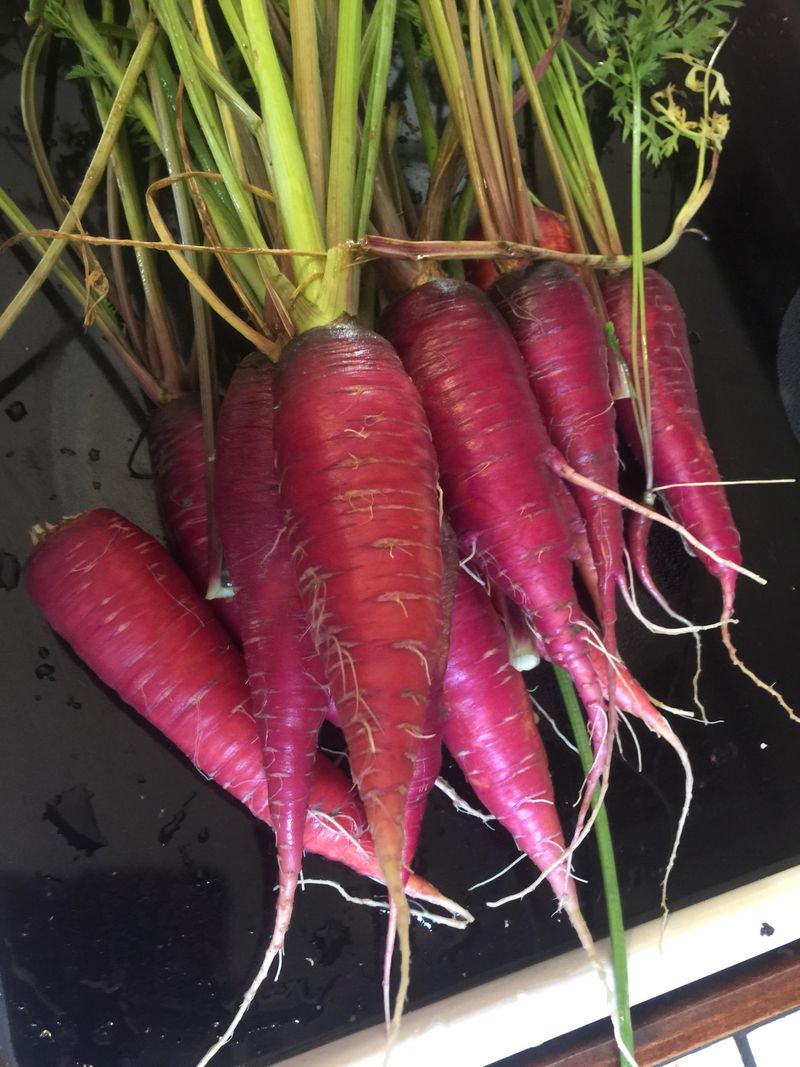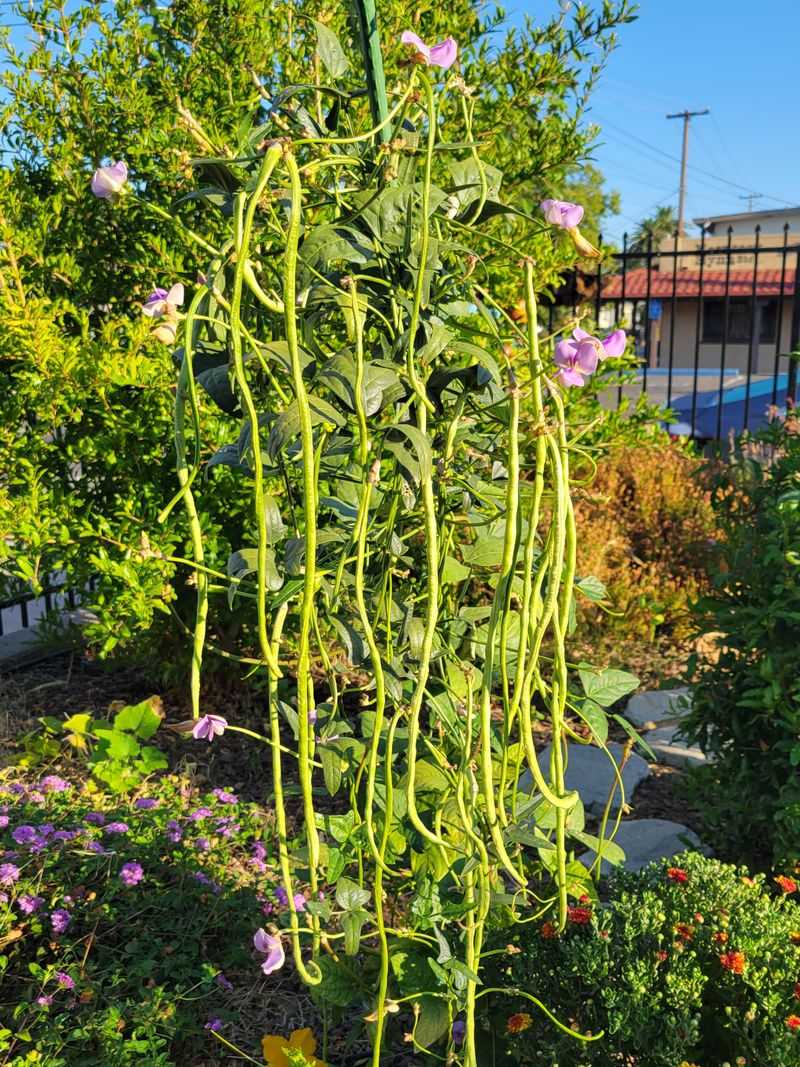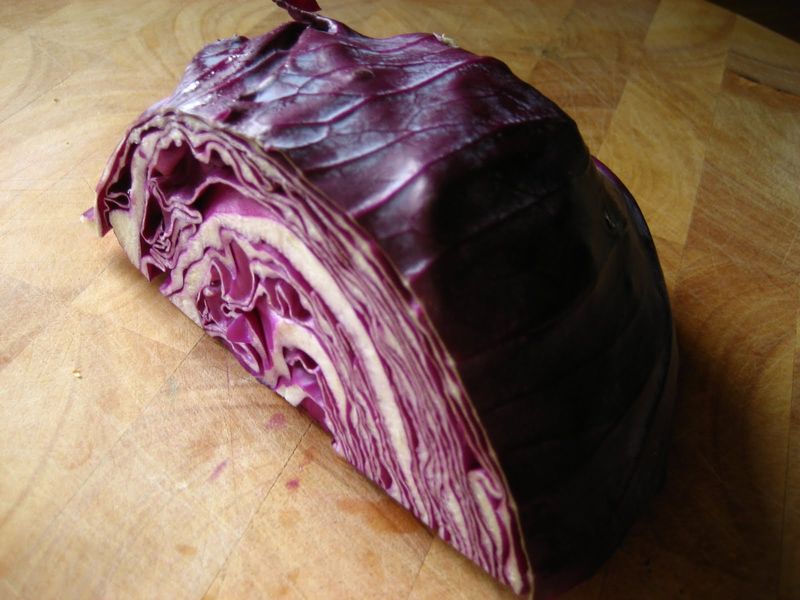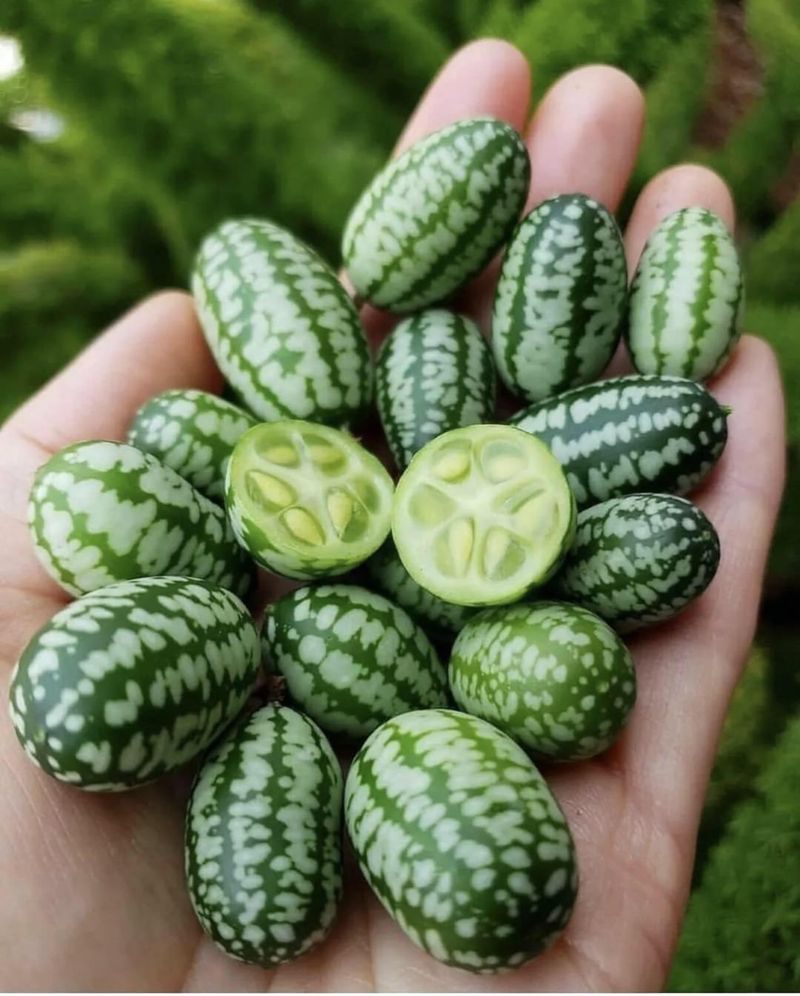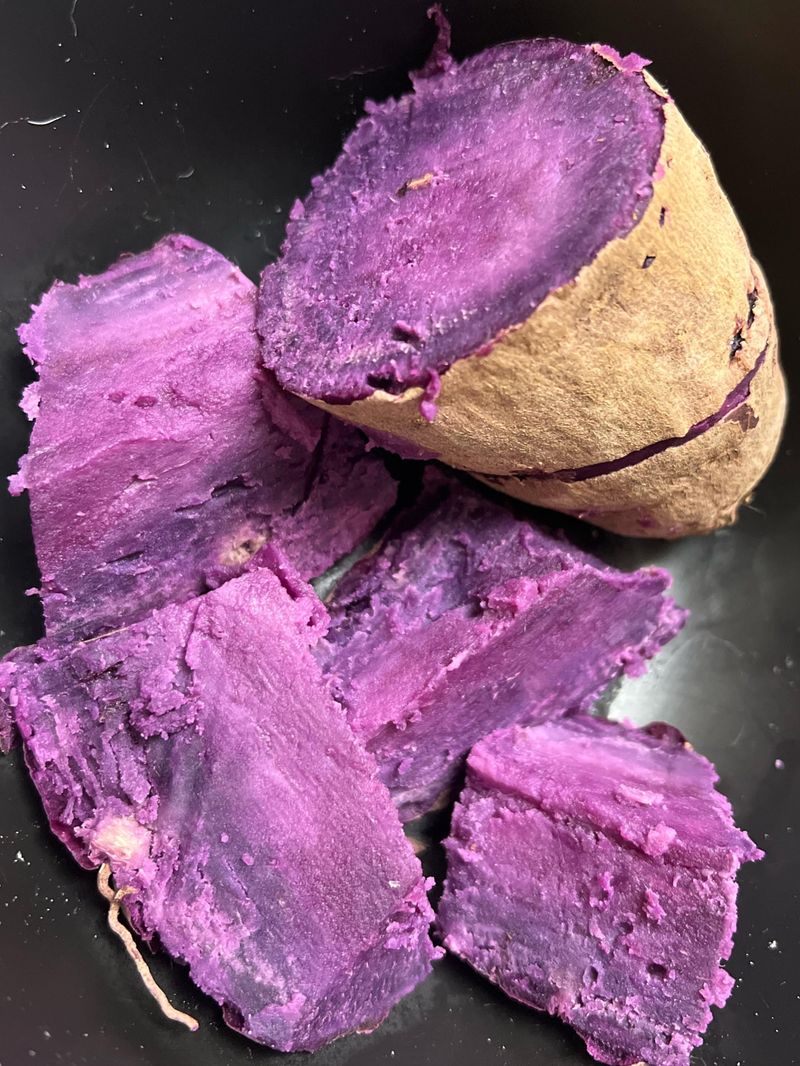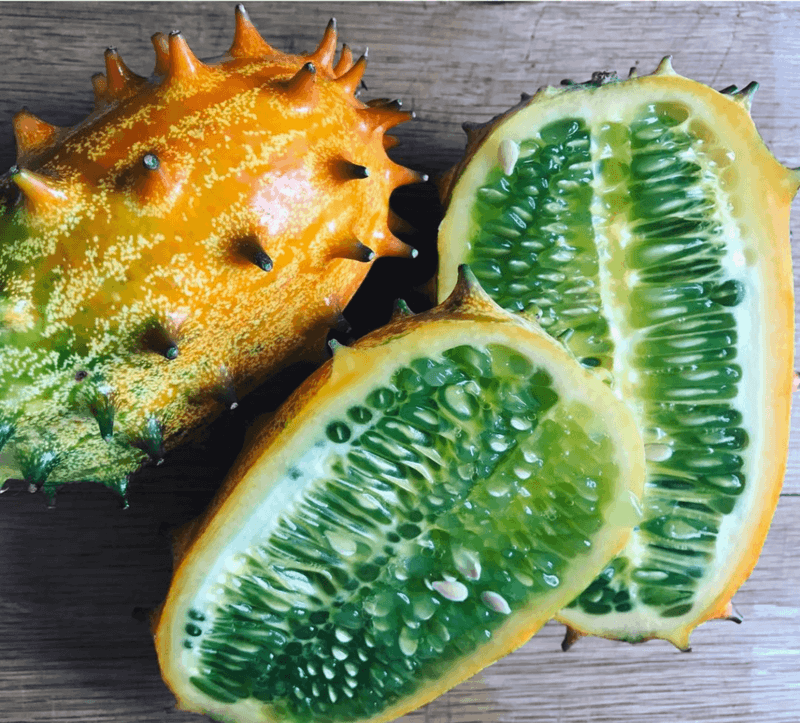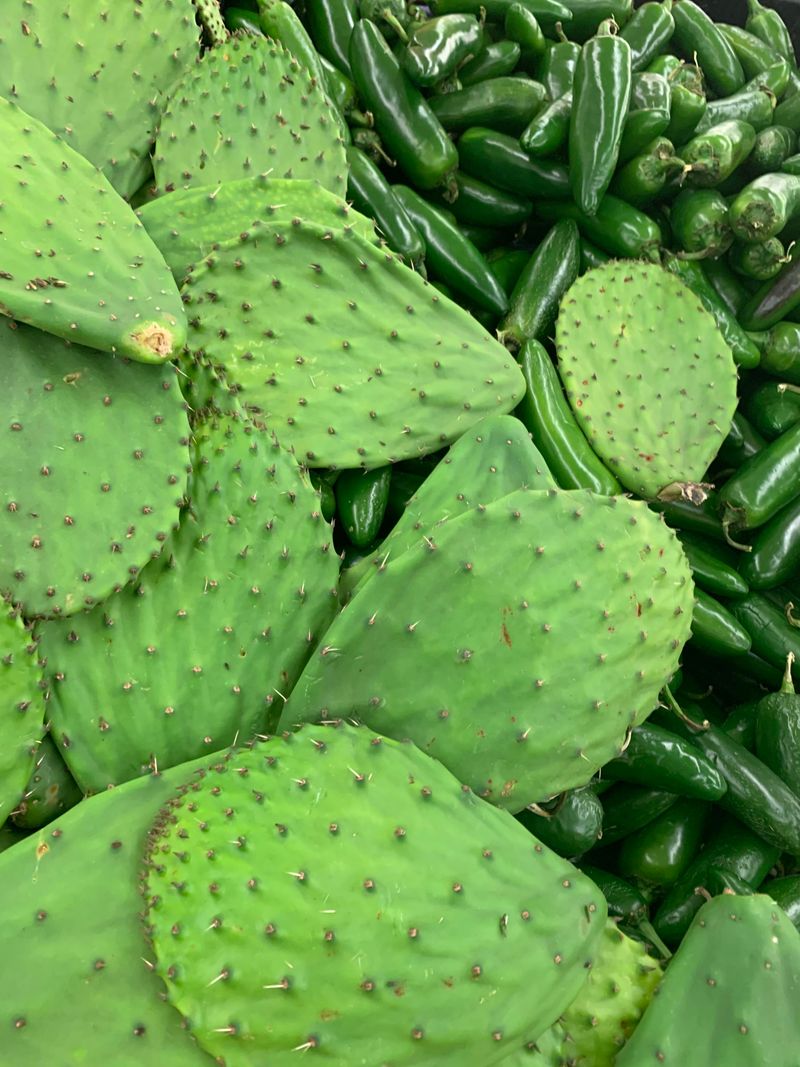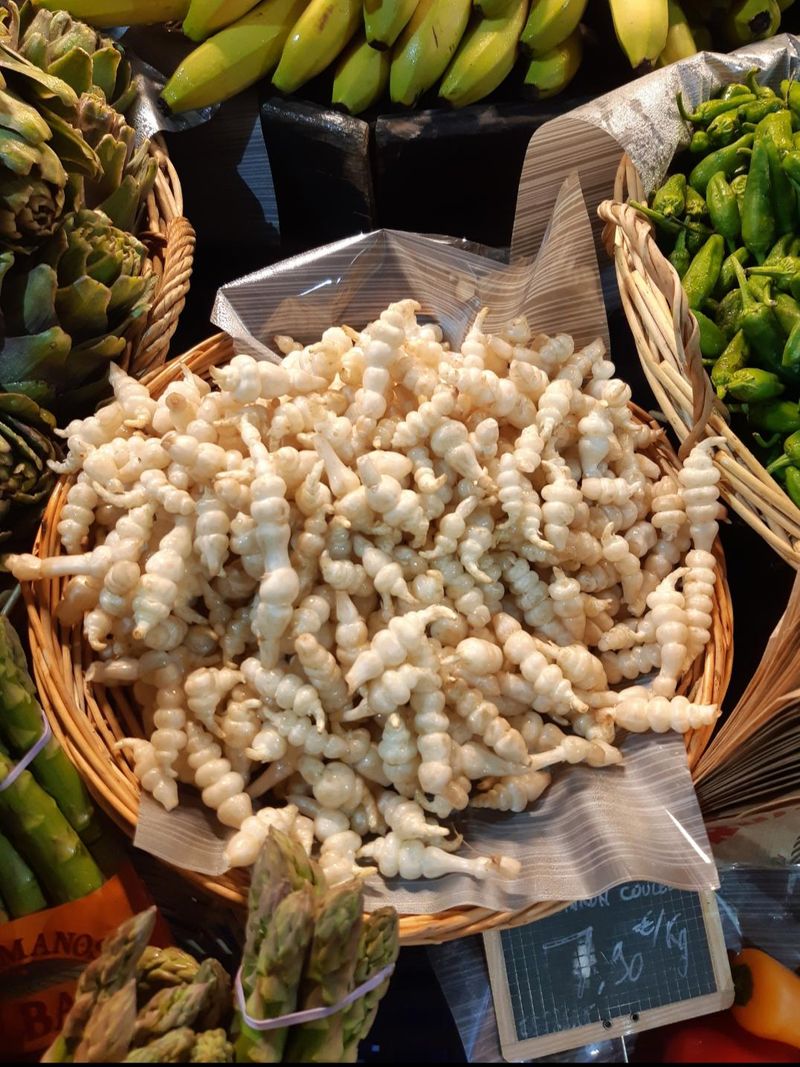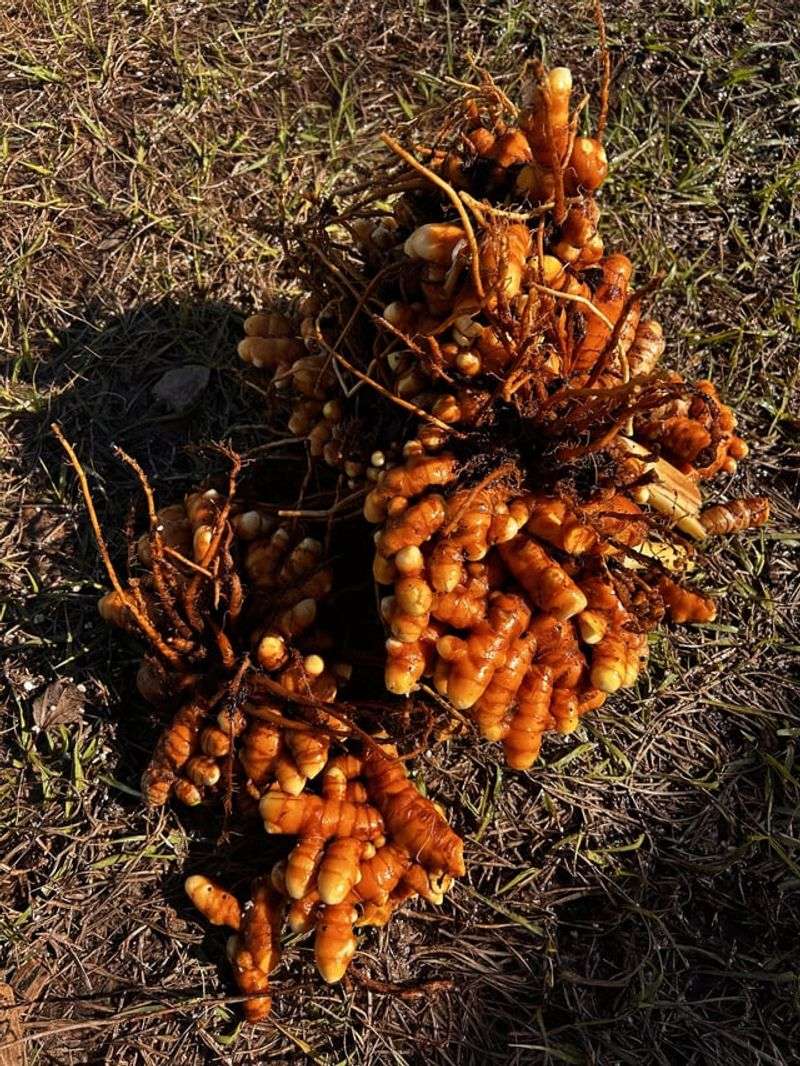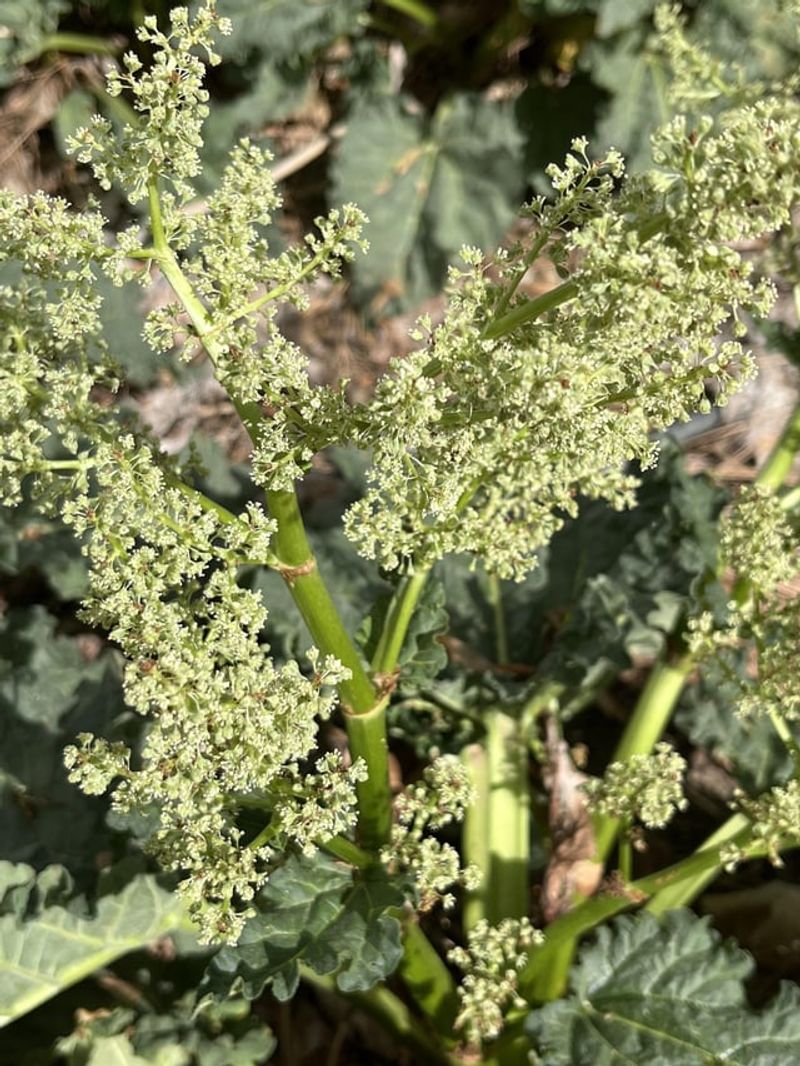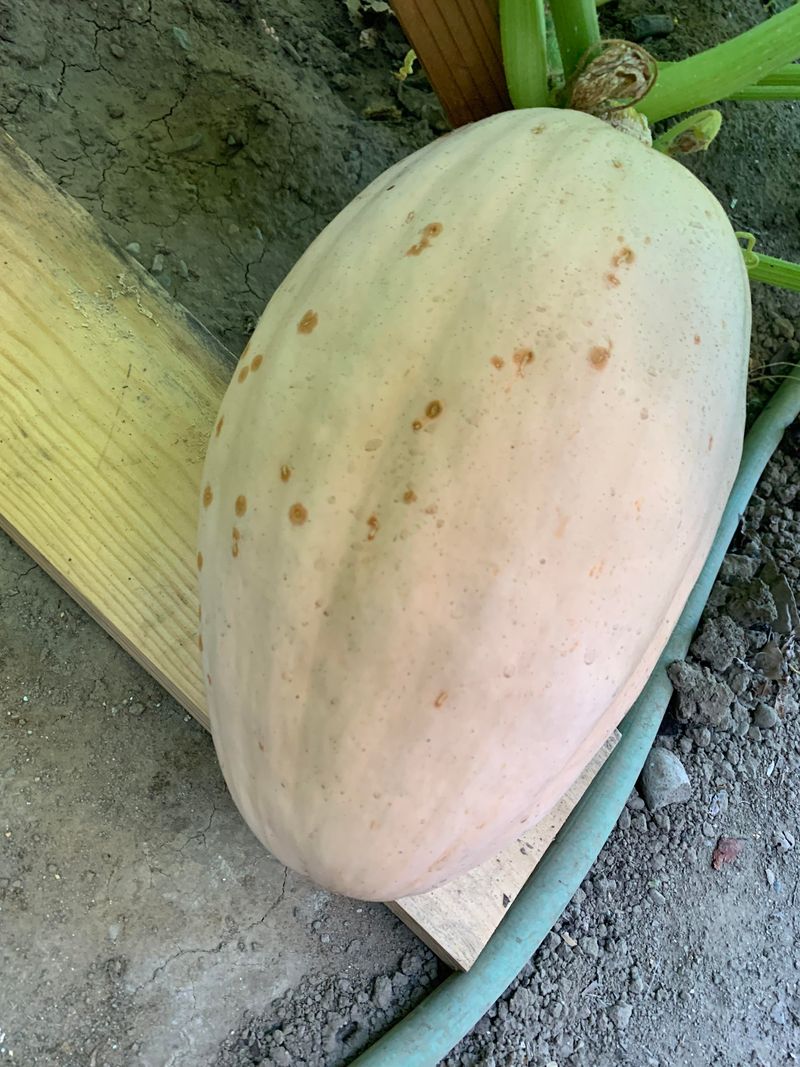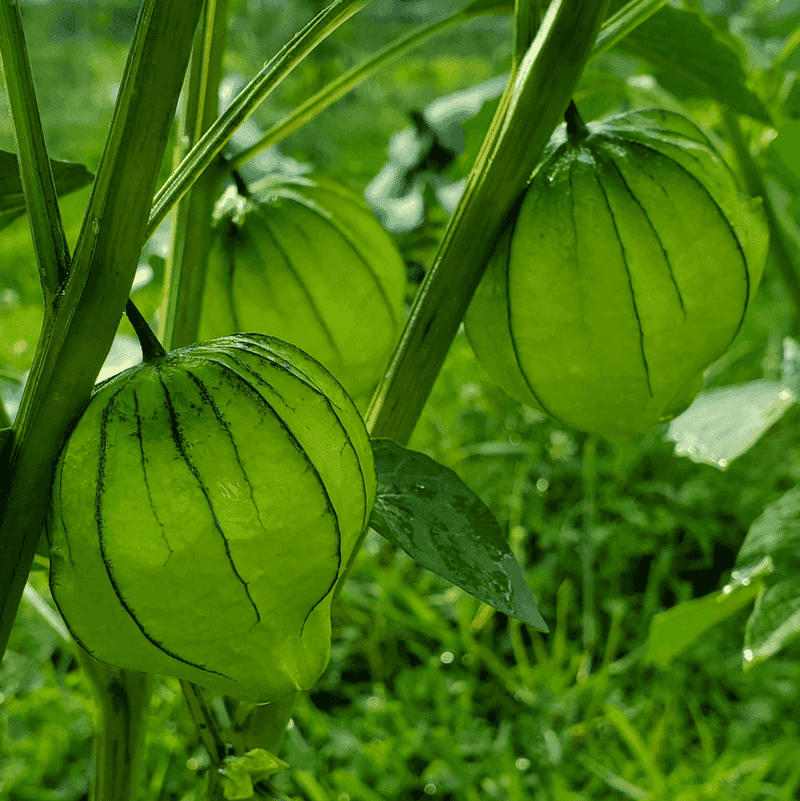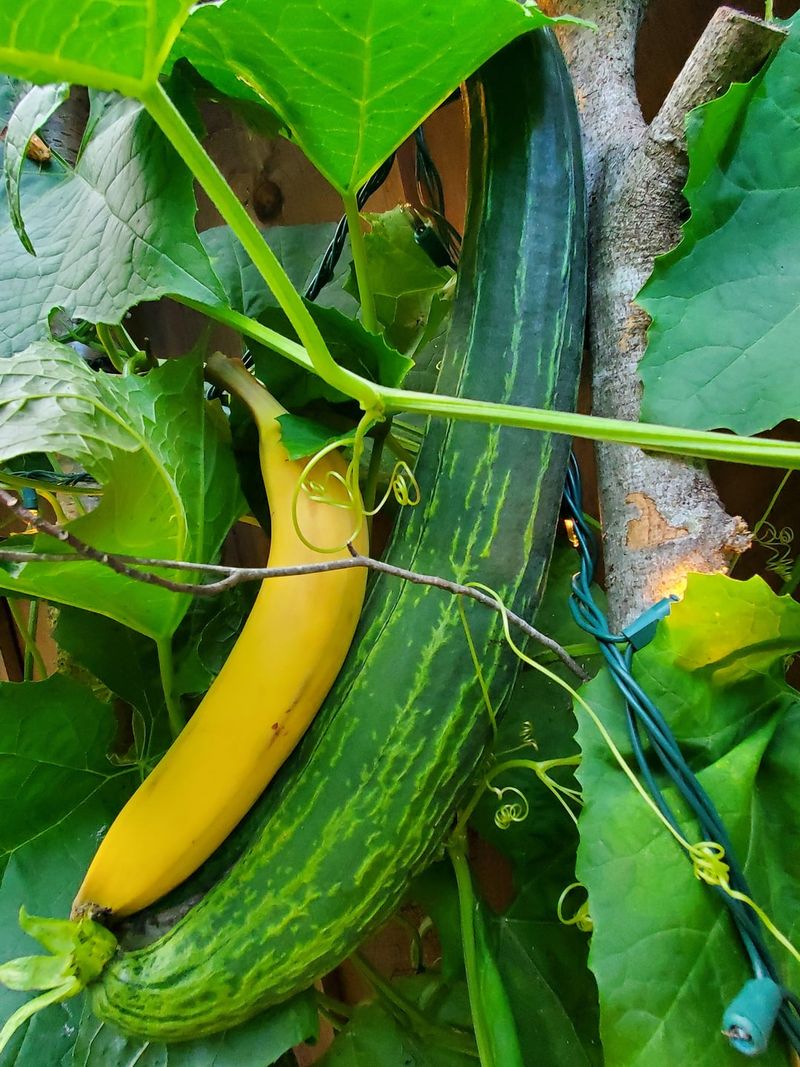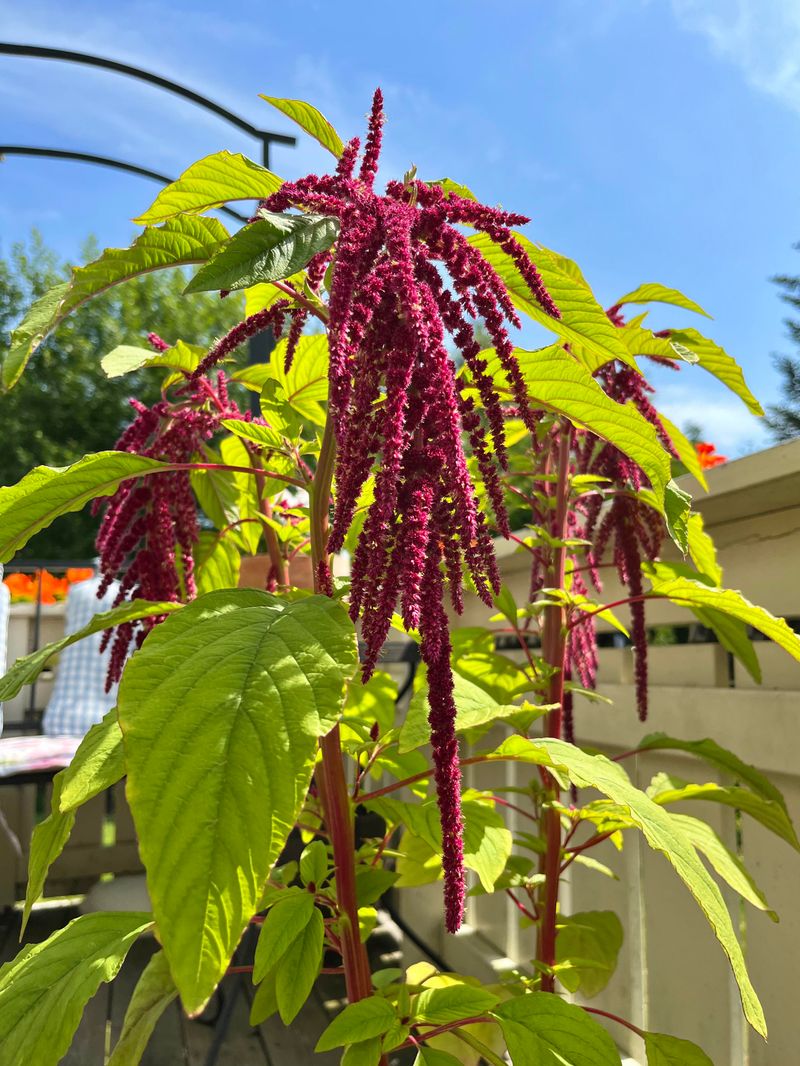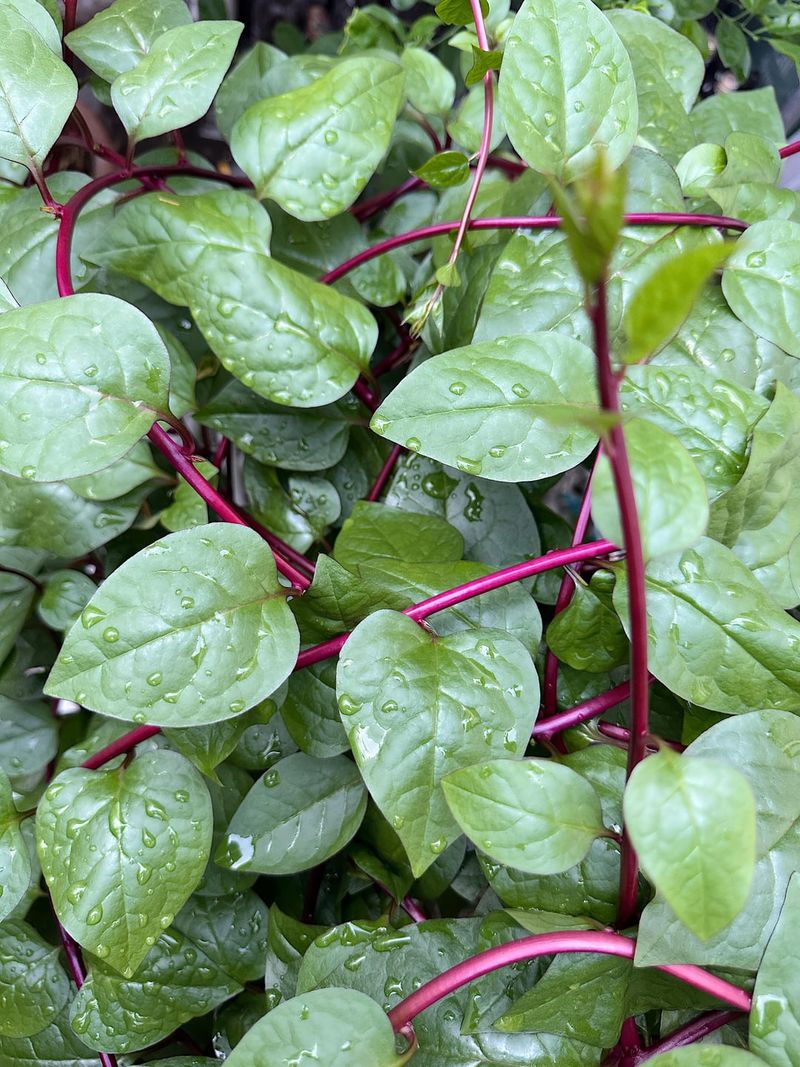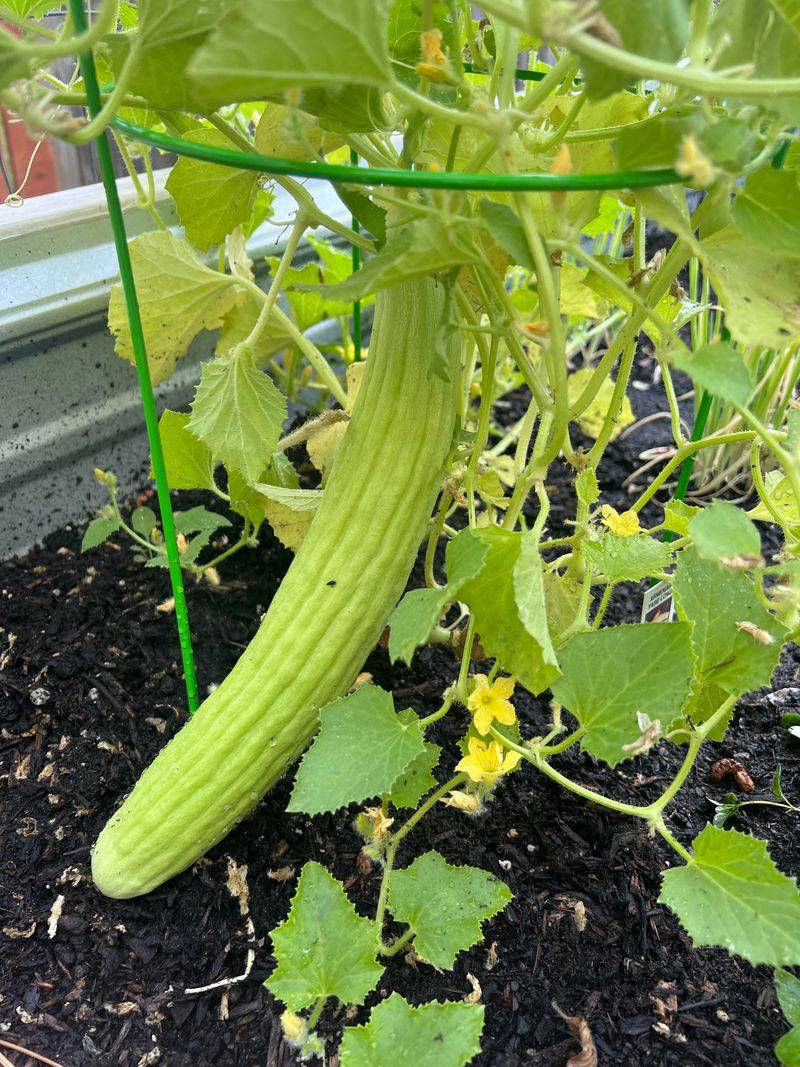Some vegetables just look… odd. They’re lumpy, crooked, spiky, or brightly colored in ways that make you do a double take. But once you grow them, you get it. These veggies might not win beauty contests, but they’re packed with flavor and personality. They’re also a great way to break out of the usual garden routine.
Growing weird-looking produce keeps things interesting. You’ll find new textures, bold flavors, and a few veggies that are surprisingly easy to grow. It’s not about looks—it’s about trying something different. These are the ones that stand out, taste great, and make your garden way more fun.
1. Romanesco Broccoli
This vegetable’s appearance is like something out of a mathematical art book. Romanesco Broccoli boasts an intricate spiral pattern that seems too perfect to be natural, yet it is. Known for its nutty flavor, this vegetable can be a delightful addition to your garden.
Grow it alongside your regular broccoli, but be prepared for double-takes from visitors. Make sure you provide plenty of sunlight and well-drained soil. Romanesco is not just a feast for the eyes but also a delicious treat for your taste buds.
2. Kohlrabi
Looking like an alien spaceship has landed in your garden, this vegetable turns heads. Kohlrabi, with its round bulb and long leaves, is a unique sight to behold. The flavor is reminiscent of a mild turnip, slightly sweet and crisp.
It’s a versatile vegetable that can be eaten raw or cooked. Plant it in cool weather, and watch it grow quickly. Kohlrabi is not only fun to grow but also adds an interesting twist to your usual veggie platter.
3. Oca
Imagine discovering a hidden treasure in your garden. Oca is just that with its vivid colors ranging from orange to red. This South American root vegetable is a delightful find for any adventurous gardener.
The tangy taste is a cross between potato and lemon, making it a versatile addition to meals. Plant these tubers in well-draining soil and full sun. Oca might be an unusual name, but it’s sure to become a favorite once you try it.
4. Bitter Melon
Gardeners often stumble upon surprises, and this one is particularly intriguing. Bitter Melon, with its distinctive bumpy texture, is not your average veggie. This tropical vine grows well in warm climates. Its unique appearance is matched by its bitter taste, which is an acquired one.
Use it in traditional Asian dishes or experiment with your recipes. If you’re up for a challenge, growing Bitter Melon will add a touch of exotic flair to your garden.
5. Celeriac
In the world of vegetables, some are truly underappreciated. Celeriac, with its knobby root and subtle celery flavor, is one of those hidden gems. Don’t let its rough exterior fool you; it’s packed with flavor.
Grow it in a cool climate, and be patient, as it takes a while to mature. Use it in soups, salads, or roasted dishes. Celeriac might not be the prettiest vegetable in the garden, but it’s a culinary delight worth trying.
6. Purple Cauliflower
Gardeners often dream of adding a splash of color, and this vegetable delivers. The Purple Cauliflower, with its bright hue, is a stunning addition to any garden. Besides its eye-catching color, it offers a similar taste to the regular variety.
When you grow this colorful cauliflower, you’ll also get a boost of antioxidants. It’s easy to grow, just like its white counterpart. This bold choice is not only a feast for your eyes but a healthy option for your meals.
7. Fiddlehead Ferns
Foraging enthusiasts rejoice at the sight of these curled delicacies. Fiddlehead Ferns are a seasonal treat that brings a touch of the wild to your garden. Recognized for their coiled appearance, they offer a taste akin to asparagus.
These ferns thrive in shaded, damp areas. Harvest them young for the best flavor, and enjoy them sautéed or in salads. Fiddlehead Ferns are a delightful addition to your garden and a unique culinary experience.
8. Chayote
In the realm of unique vegetables, this one stands out with its unusual shape. Chayote, often called vegetable pear, resembles a wrinkled, oversized pear. With a mild, crisp flavor, it’s used in various cuisines.
Grow it in warm climates, providing a trellis for the vine to climb. Chayote is a low-maintenance plant that rewards you with abundant fruits. Try it in salads, stews, or simply roasted.
9. Salsify
This vegetable might make you do a double-take with its odd appearance. Salsify, known as the oyster plant, has long, slender roots resembling sticks. Despite its looks, it carries a delicate flavor reminiscent of oysters.
Plant it in well-drained soil; it prefers cooler climates. Salsify can be boiled, mashed, or fried for a unique taste. This quirky vegetable is a conversation starter and a culinary adventure waiting to happen.
10. Dragon Carrot
Few vegetables can boast such a striking contrast. Dragon Carrots, with their deep purple skin and bright orange core, are a feast for the eyes. The flavor is a delightful blend of sweetness and earthiness.
Grow them just like regular carrots, but prepare for a dazzling harvest. These carrots add a pop of color to any dish, whether raw or cooked. Dragon Carrots are a fun way to liven up your gardening experience.
11. Yardlong Beans
Length is what sets this vegetable apart. Yardlong Beans, true to their name, can grow over three feet long. They are a staple in many Asian dishes, offering a crisp texture and mild taste. Plant them in a sunny spot with a supportive trellis.
They’re vigorous climbers and will reward you with plenty of harvests. Yardlong Beans are a delightful addition to any garden, offering both form and function.
12. Romanian Red Lettuce
For those looking to add a burst of color to salads, this is the lettuce to grow. Romanian Red Lettuce, with its vibrant crimson leaves, is a visual treat. The flavor is mildly sweet and adds a delightful crunch.
It’s an easy grower, thriving in cool weather with consistent moisture. Add it to your salad garden for a splash of color and flavor. Romanian Red Lettuce will elevate your dishes and your gardening experience.
13. Cardoon
This vegetable might remind you of its cousin, the artichoke, but it has its own charm. Cardoon’s silvery stalks are topped with spiky leaves, making it a striking garden feature. Its flavor is a cross between artichoke and celery.
Grow it in a sunny spot with rich soil, and it can reach impressive heights. Cardoon is a bit of a culinary challenge, but experimenting with it can be rewarding. It’s a standout addition to any garden.
14. Mouse Melon
At first glance, you might think you’ve spotted mini watermelons. Mouse Melons, also known as cucamelons, are tiny fruits with a refreshing cucumber-like taste. They thrive in warm conditions, climbing rapidly on trellises.
These bite-sized delights are perfect for snacking or adding to salads. Plant them in your garden for a fun twist on traditional cucumbers. Mouse Melons are a charming novelty that will delight both gardeners and snackers alike.
15. Purple Yam
Few tubers can match the allure of this one. Purple Yam dazzles with its striking violet hue inside, while its skin remains unassuming. The flavor is subtly sweet, perfect for desserts and savory dishes alike.
Grow it in tropical climates, providing plenty of space to sprawl. This yam is a hidden gem in the vegetable world, offering both beauty and taste. It’s an exotic addition to your culinary repertoire.
16. Black Radish
A dramatic twist on the ordinary radish, this one is sure to stand out. Black Radish, with its jet-black skin and white flesh, offers a bold and spicy flavor. It’s a hardy crop that thrives in cooler weather.
Plant it in well-drained soil for best results. Use it raw in salads or cooked for a milder taste. Black Radish is an eye-catching and flavorful addition to your garden lineup, offering a sharp kick to dishes.
17. Kiwano
This fruit looks like it belongs in a sci-fi movie. Kiwano, or horned melon, sports a spiky orange skin and a vibrant green interior. Its flavor is a mix of banana, cucumber, and lime, offering a taste of the exotic.
Grow it in warm climates, where it can thrive and produce plentiful fruits. Kiwano is a conversation starter in gardens, adding a touch of the unusual. It’s not just a treat for the eyes but for the palate as well.
18. Nopales
In the world of edible cacti, this one takes the cake. Nopales, the flat pads of the prickly pear cactus, are a staple in Mexican cuisine. With a tangy, citrusy flavor, they’re used in a variety of dishes.
Grow them in dry, sunny conditions, and ensure you remove the spines before cooking. Nopales bring an authentic taste of the desert to your table. They’re a delightful and unique addition to your garden.
19. Crosnes
A curious sight in the world of tubers, these might make you do a double take. Crosnes, also known as Chinese artichokes, are small, knobby tubers with a crunchy texture. Their flavor is mildly nutty and sweet. Plant them in loose, rich soil for best results.
Harvest when the tubers reach their quirky, twisted form. Crosnes add a touch of whimsy to your garden and a new texture to your meals. They’re a delightful and unusual find.
20. Turmeric
In the spice realm, this root is a star with its brilliant hue. Turmeric, known for its vivid orange color and earthy flavor, is a staple in many cuisines. It’s not only a flavor powerhouse but also lauded for health benefits.
Grow it in warm, humid conditions, providing plenty of space for the roots. Turmeric is a treasured addition to any spice garden, offering both culinary delight and vibrant color. It’s a versatile and exciting crop to try.
21. Romanian Garlic
This isn’t your typical garlic bulb. Romanian Garlic, with its large cloves and robust flavor, is a standout in the garlic family. Known for its pungency, it’s a must-have for garlic lovers.
Plant it in rich, well-drained soil, and watch it thrive. Romanian Garlic is more than just a kitchen staple; it’s a gardener’s delight. Its strong taste and aroma make it an unforgettable addition to any dish.
22. Sea Kale
In the coastal regions, this vegetable thrives where others struggle. Sea Kale, with its thick, curly leaves, offers a flavor similar to regular kale but with a salty twist. It’s a perennial plant that can withstand harsh conditions.
Grow it in sandy soil with plenty of sunlight, and it will reward you with a robust harvest. Sea Kale brings a touch of the coast to your garden, making it a unique and resilient choice for adventurous gardeners.
23. Banana Squash
Naming a squash after a fruit might seem odd, but this one earns it. Banana Squash, with its elongated shape and vibrant orange skin, resembles a giant banana. The flavor is subtly sweet, perfect for roasting or soups.
Plant it in full sun with plenty of space to sprawl. This squash is not only a visual treat but also a versatile ingredient in the kitchen. It’s a fun and rewarding addition to your garden.
24. Tomatillo
This vegetable might make you think of lanterns. Tomatillos, enveloped in their papery husks, resemble little green lanterns. Their tart flavor is essential in many Mexican dishes, adding a zesty kick. Grow them in full sun with well-drained soil.
Tomatillos are prolific and easy to cultivate, offering a bountiful harvest. They’re an exciting addition to your garden and a must-have for salsa aficionados.
25. Luffa
When you think of sponges, vegetables don’t usually come to mind. Luffa, however, is the exception, with its fibrous interior perfect for scrubbing. Before reaching that stage, it’s a delicious vegetable with a mild taste.
Grow it in warm climates, providing a sturdy structure for climbing. Harvest young for culinary use, or let it mature for natural sponges. Luffa is a versatile and intriguing addition to your garden.
26. Amaranth
In the world of leafy greens, this one stands out for both looks and nutrition. Amaranth, with its vibrant red and green leaves, is a striking garden plant. It’s versatile, used as a grain or leafy vegetable, offering a slightly nutty flavor.
Grow it in warm climates with well-drained soil. Amaranth is not only a nutritious choice but also a visually captivating plant. It’s a delightful way to diversify your garden’s offerings.
27. Jerusalem Artichoke
This tuber is often a surprise to those unfamiliar with it. Jerusalem Artichokes, also known as sunchokes, have a knobby appearance. Despite the name, they are not artichokes, but their flavor has a hint of sweetness and nuttiness.
They thrive in sunny spots with loose soil. These tubers are perfect for roasting or making creamy soups. Jerusalem Artichokes are a unique and tasty addition to any garden, offering a delightful change from the ordinary.
28. Malabar Spinach
In the category of leafy greens, this one is a climber. Malabar Spinach, with its thick, glossy leaves and red stems, grows vigorously on trellises. The taste resembles spinach with a hint of citrusy tang.
It’s perfect for hot climates where regular spinach struggles. Malabar Spinach is a colorful and productive addition to your garden, providing greens for your table throughout the growing season.
29. Armenian Cucumber
This cucumber might make you question its identity. Armenian Cucumber, technically a melon, has a long, coiled shape and a crisp texture. Its mild flavor is refreshing, perfect for salads and pickling.
Grow it in full sun with well-drained soil, and enjoy its abundant yield. Armenian Cucumber is a delightful discovery for any garden, offering a refreshing twist on the usual cucumber.
30. Chinese Long Beans
When it comes to length, these beans take the prize. Chinese Long Beans, or snake beans, can grow impressively long, making them a standout crop. They offer a crisp texture and mild flavor, perfect for stir-fries.
Provide them with a trellis and plenty of sunshine. These beans are not only a treat to grow but also a star in the kitchen. Chinese Long Beans add a unique twist to traditional bean dishes.


